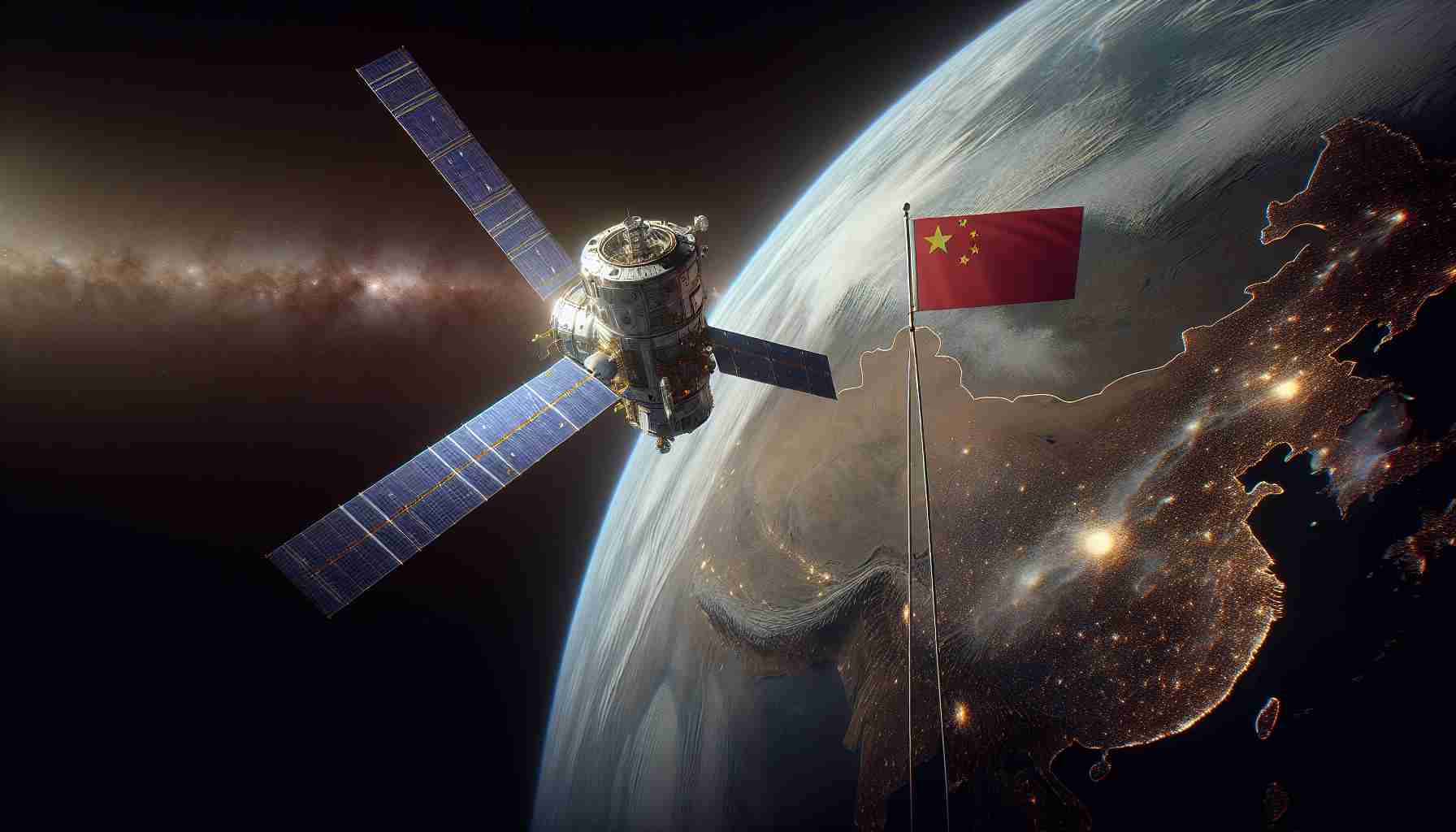Unseen Threats in Geosynchronous Orbit
Recent warnings from U.S. military and aerospace leaders highlight an urgent need for the United States to adapt to China’s aggressive tactics in space. High-speed maneuvers executed by Chinese satellites in geosynchronous orbit signal an evolution in orbital warfare, raising the stakes for national security.
Since 2010, China has launched nearly 1,000 satellites, creating a growing concern over not only their quantity but also how they operate. Observers noted that China’s satellites are increasingly maneuvering in ways that are unusual for the geostationary environment, typically designed for stability.
These satellites are not just observing; they’re strategically moving to avoid detection and potentially inspect or disrupt other spacecraft. This has included recent actions from the SJ-17 satellite, which has traversed vast areas of the geosynchronous belt, even encroaching upon territories traditionally monitored by U.S. assets.
The implications of these maneuvers are profound, as U.S. Space Forces navigate the complexities of tracking a more mobile adversary. With the added threat of China testing on-orbit refueling capabilities, the U.S. must rethink its strategies to ensure satellite resilience and operational readiness.
As military capabilities evolve, the risk of direct confrontations in space may heighten, making it crucial for U.S. defense planning to keep pace with these significant developments.
Navigating New Frontiers: The Evolving Landscape of Space Security
Understanding the Growing Threats in Geosynchronous Orbit
The realm of space security has shifted dramatically, particularly with the advancements made by nations like China. With close to 1,000 satellites launched since 2010, China has revealed strategies that challenge traditional norms of stability typically associated with geostationary orbits. This dramatic increase in the number of operational satellites necessitates a closer examination of their potential implications on international security.
Implications of High-Speed Maneuvers
China’s satellites, notably the SJ-17, are employing high-speed maneuvers that challenge the conventional use of geosynchronous orbit, where satellites are expected to remain relatively stationary. This behavior raises alarms for military observers who recognize that these adjustments may serve multiple purposes, including reconnaissance, disruption of other satellites, or even preparing for aggressive actions.
Key Features of the Evolving Space Landscape
1. Operational Mobility: The ability of satellites to maneuver dramatically changes the operational landscape, complicating detection and tracking efforts.
2. On-Orbit Refueling Tests: Reports indicate that China is experimenting with on-orbit refueling, potentially allowing their satellites to extend their operational lifespan and reach.
3. Increased Surveillance: Enhanced maneuverability means that Chinese satellites can surveil areas that have traditionally been monitored by U.S. assets, presenting strategic challenges.
Strategies for Adaptation
To effectively counter these emerging threats, the United States must innovate its defense strategies. Here are some tactical recommendations:
– Enhanced Tracking Systems: Developing superior satellite tracking technologies to monitor fast-moving objects within the geosynchronous belt is crucial.
– Collaboration with Allies: Strengthening alliances, particularly in terms of space intelligence and technological advancements, will fortify collective security measures.
– Resilient Satellite Architecture: Investing in robust satellite designs capable of withstanding potential confrontations or disruptions.
Pros and Cons of Current Geosynchronous Strategies
Pros:
– Improved surveillance capabilities offer greater insight into adversarial activities.
– Enhanced mobility can be a strategic advantage in the event of conflicts in space.
Cons:
– Increased complexity in tracking leads to potential oversight of hostile actions.
– The risk of direct confrontations in space raises the stakes for all parties involved.
Future Trends and Predictions
As nations ramp up their space capabilities, the stakes in space security will undoubtedly escalate. Experts predict that:
– Growth of Militarization in Space: More countries will likely develop their satellite programs with military applications, leading to a potential arms race in orbit.
– Regulatory Developments: International treaties may evolve to address the growing militarization and tension in outer space.
Conclusion
The current trajectory of space operations underscores a critical need for the U.S. and its allies to adapt to the challenges presented by agile adversaries like China. The future of space security depends on proactive measures, enhanced collaboration, and innovative technologies to maintain stability in this increasingly contested domain. As we navigate these changing dynamics, it’s essential to remain vigilant and prepared for the unforeseen challenges that lie ahead.
For further information on space security and satellite technologies, visit Space.com.



















